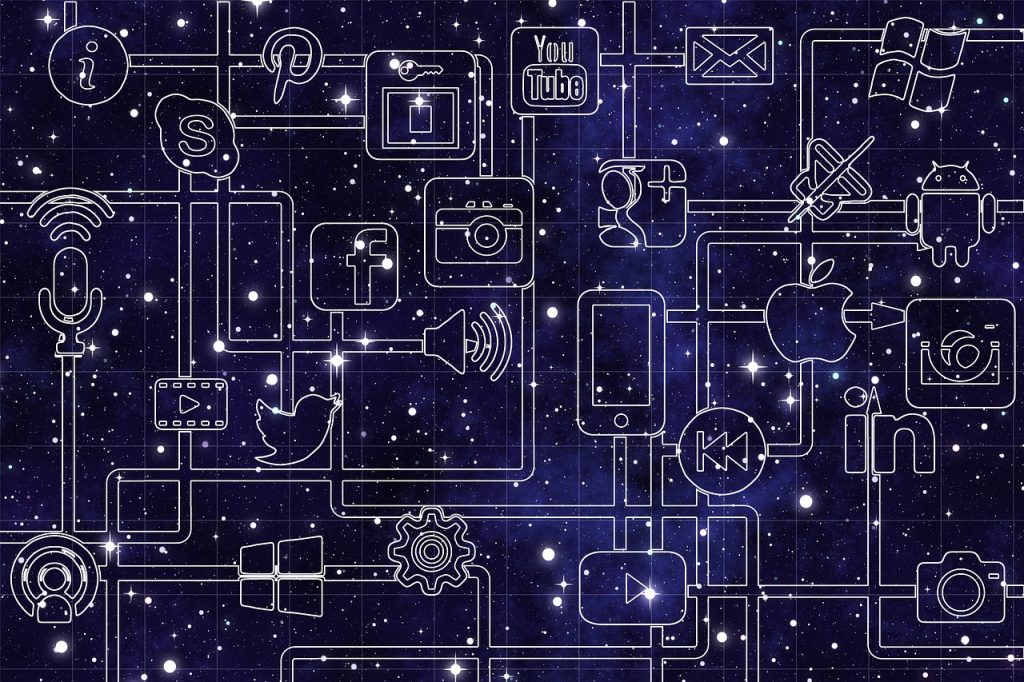
GUEST POST from Art Inteligencia
Futurology is the study of the future, and it is a fascinating and ever-evolving field. In recent years, the rise of social media has provided a valuable source of insight into the future, and social analysis is now a major component of futurology. To make the most of this powerful tool, here are five secrets to using social analysis in futurology.
1. Take Advantage of Big Data
Big data is a powerful tool for futurologists, and it’s becoming increasingly available. By taking advantage of big data sets, futurologists can gain a better understanding of how people are interacting with each other, and how they may be influenced by emerging trends and technologies.
2. Look for Patterns
Patterns can reveal a lot about the future, so it’s important to look for patterns in social media data. By looking for patterns, futurologists can gain insights into how people are responding to new technologies, and how those technologies are likely to evolve in the future.
3. Pay Attention to Influencers
Influencers can provide valuable insights into the future, so it’s important to pay attention to those who are shaping the conversation. By tracking influencers, futurologists can gain a better understanding of how people are reacting to new technologies and trends, and how those reactions may shape the future.
4. Analyze Trends
Trends can provide valuable clues about the future, so it’s important to pay attention to emerging trends in social media. By analyzing trends, futurologists can gain a better understanding of how people are responding to new technologies and how those technologies may be used in the future.
5. Track Conversations
Conversations can provide valuable insights into the future, so it’s important to pay attention to conversations on social media. By tracking conversations, futurologists can gain a better understanding of how people are reacting to new technologies and trends, and how those reactions may shape the future.
By taking advantage of these five secrets to using social analysis in futurology, futurologists can gain a better understanding of the future and how people are likely to respond to emerging trends and technologies. By staying ahead of the curve, futurologists can provide valuable insights into the future and help shape the direction of society.
Bottom line: Futurology is not fortune telling. Futurists use a scientific approach to create their deliverables, but a methodology and tools like those in FutureHacking™ can empower anyone to engage in futurology themselves.
Image credit: Pixabay
![]() Sign up here to get Human-Centered Change & Innovation Weekly delivered to your inbox every week.
Sign up here to get Human-Centered Change & Innovation Weekly delivered to your inbox every week.
